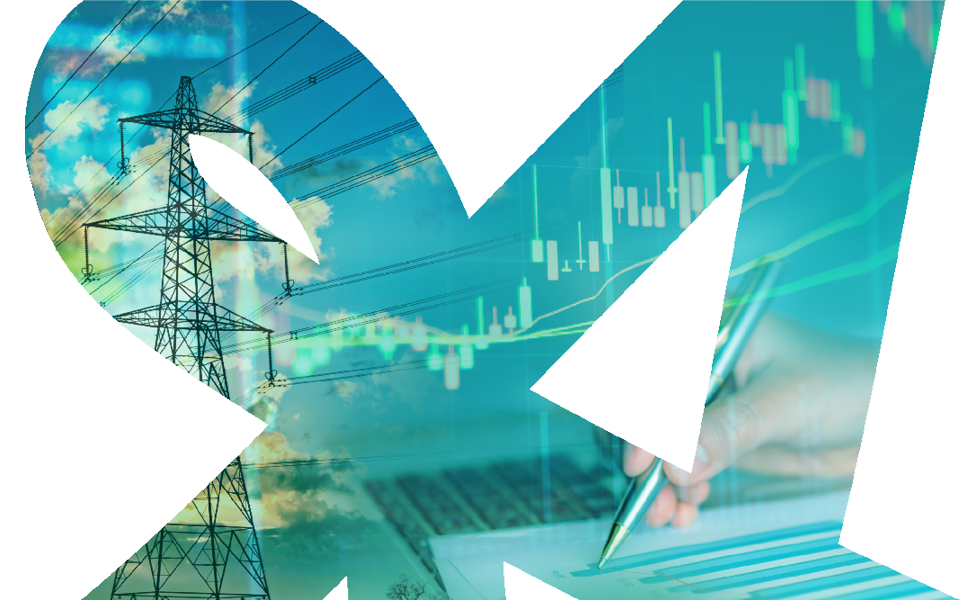According to a recent report by Forbes, the Covid-19 pandemic has exposed the lack of flexibility in UK and European energy networks.
During Covid-19 lockdowns, power demand fell by 20% on average in Europe which has highlighted certain issues within energy systems across the continent.
With some frequency over the last four months, variable renewable energy (VRE) has held a larger share of the energy mix than traditional energy sources such as gas & nuclear. Current networks have failed to provide enough flexibility to manage these variable energy sources efficiently and the situation is set to become more challenging as Europe increases its reliance on renewable power.
The UK in particular must work fast to improve the flexibility of its grid due to its lack of interconnection compared to mainland European countries.
At current rate, low-cost wind and solar is outgrowing existing infrastructure, making the grid unstable. To tackle this, more flexible technologies such as
Demand Side Response and Battery Storage need to be deployed to improve balancing.
However, current framework is unclear and has hindered growth in the flexible energy sector as the UK puts its focus into renewables to meet its carbon neutral targets.
Even before lockdown, the GB power market was breaking renewable generation records, with 47% of electricity provided by renewables in the first three months of 2020 (an 11% rise compared to the first three months of 2019).
During periods of low demand and high renewable output the system needs to be flexible to cope with extreme load changes. This lack of flexibility impacts generators, storage technology and active power grids.
This has led some experts to call for a slowdown in the construction renewable projects and a greater focus in technologies such as large-scale battery storage.
Without an overhaul of the existing network, it is likely significant load changes will become more of a problem for the UK’s dated infrastructure.
What is the future of the UK’s energy system? Have your say on Twitter.



